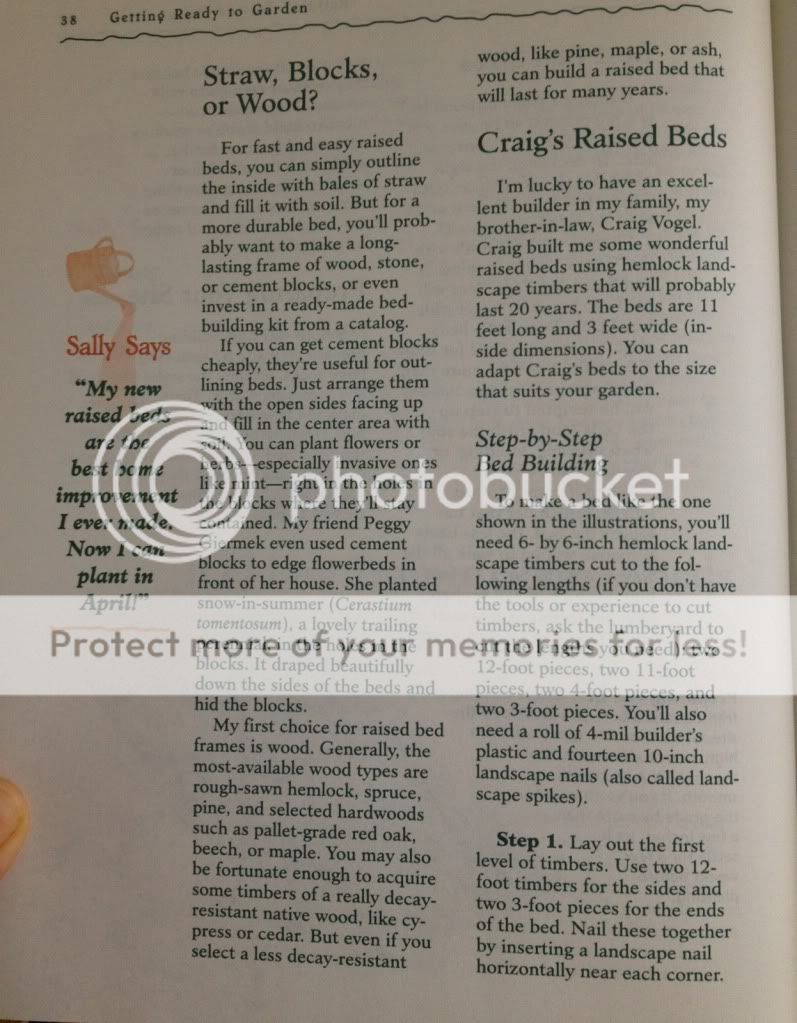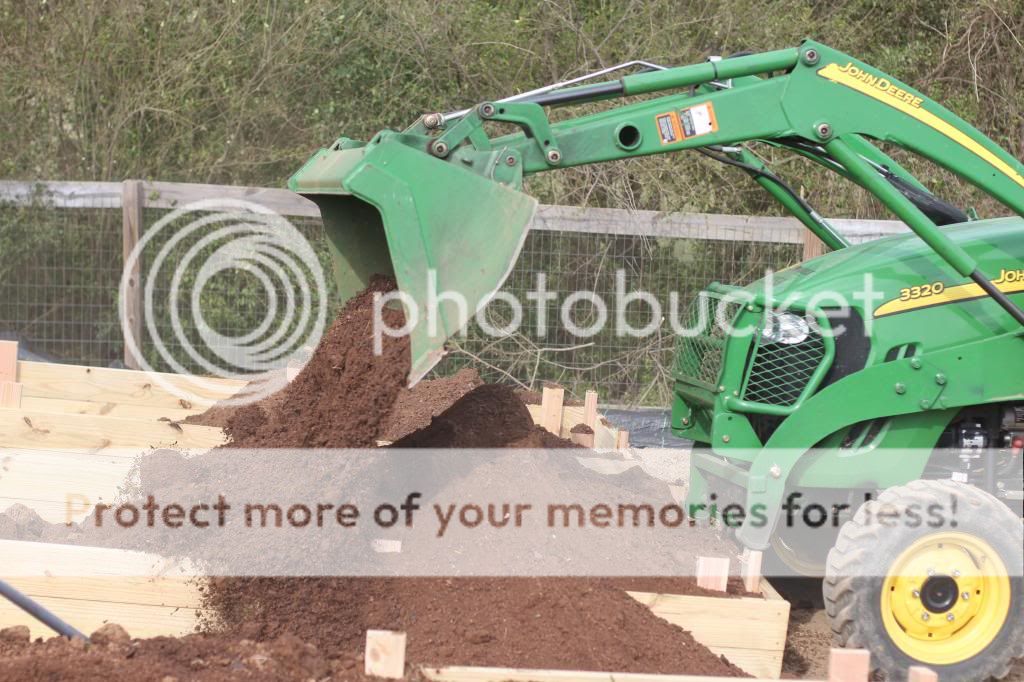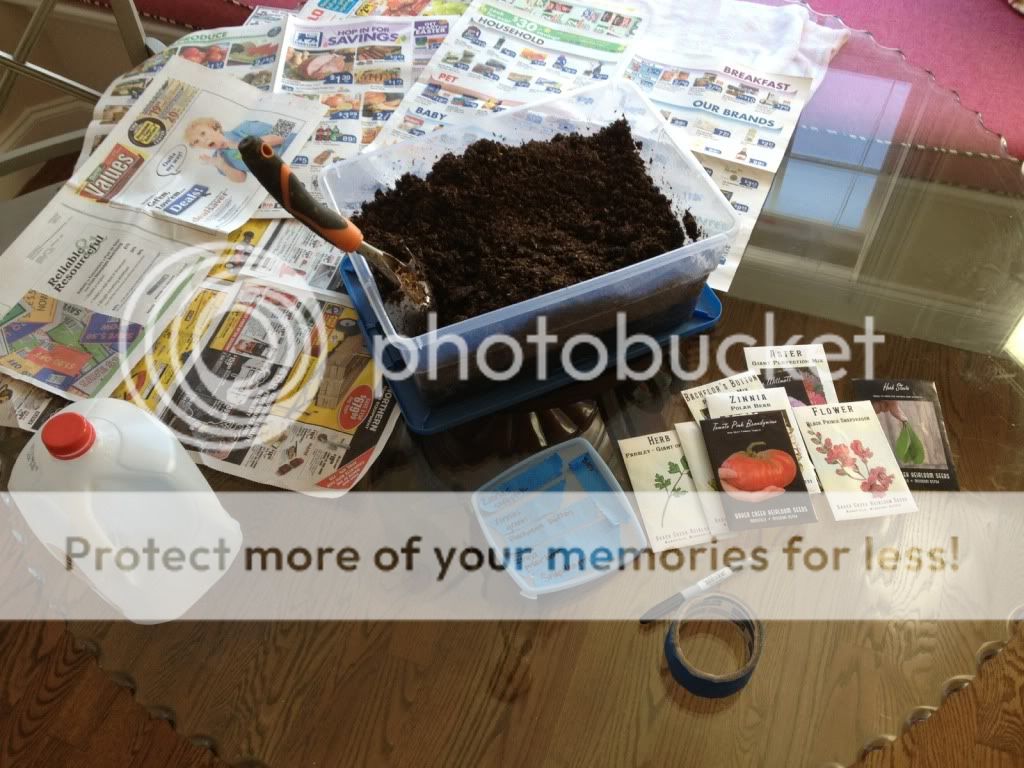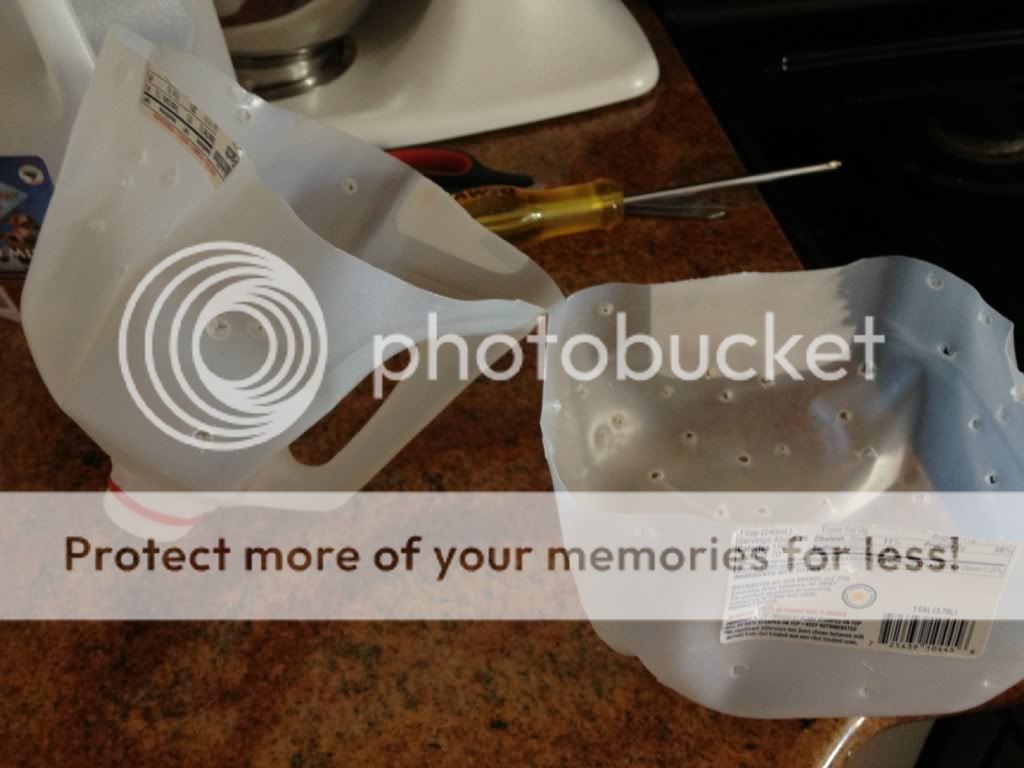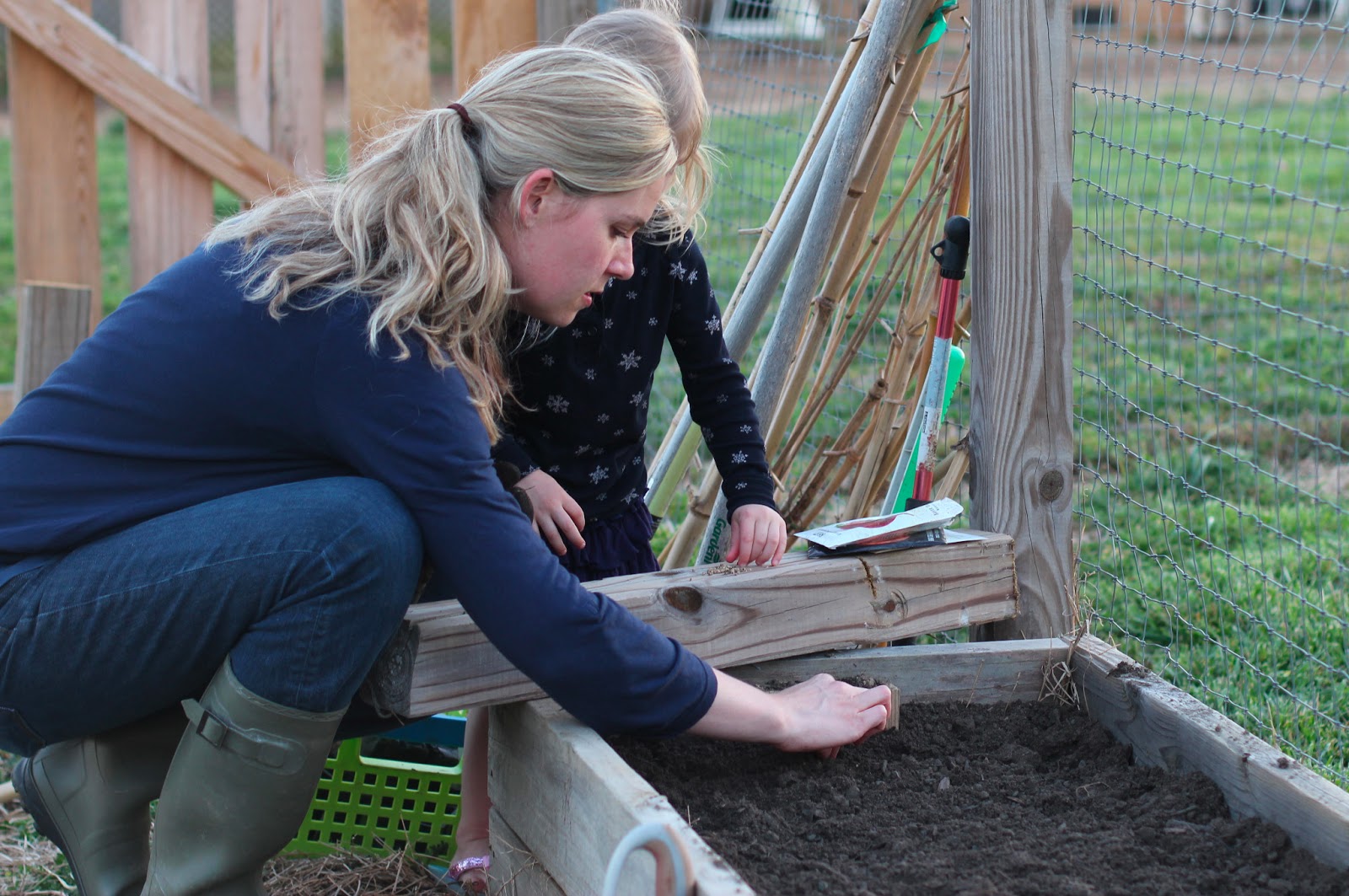I think it is important when approaching something for the first time, one must understand three things:
- where you've been
- where you are
- where you are going
I want to explain a little about "where I've been." My hope is that I will inspire you to begin a garden yourself, not discourage because of my experiences. I am merely just taking you on a path of which I have traveled.
One
thing I recommend when having a garden is to have a notebook/journal
and write down the things that work well for you, things that bother
you and possible solutions to your problems. This is a summary of my notebook:
 |
| the very first year |
 |
| first year: the plants are actually growing |
 |
| Needed to learn how to prune...so plant can concentrate its energy into growing the fruit instead of more leaves |
 |
| Needed to train tomatoes earlier & was behind on my weeding |
 |
| iPhone capture of 1st cucumber harvest....was so excited |
 |
| Lesson learned : clip off the dead leaves and not just let them be |
 |
| End of the summer 2011: tomatoes are almost done..too many to pick. Weeds are out of hand. Kind of looks like a wild vegetable jungle. And tomato plant needs a better cage. It doesn't have any more support when it reaches the top of the cage. |
 |
| yes...we had a goat. one word...MISTAKE |
 |
| cantaloupe growing |
2009: Don't plant too close together, I hate weeds, plant less
2010: Not letting my husband talk me into having a huge garden, learn to prune tomatoes
2011: Learned to embrace the large garden, train tomatoes early on cages, plant less so we don't waste food.
2012: I cannot deal with weeds anymore. Till less? Have to find a solution that doesn't involve a lot of work or chemicals. Find an alternative to tomato cages. Train tomatoes early. Don't use Sevin.
2012, the year that inspired change
I was excited about having another garden, but things didn't go as planned.....Since we had such a mild 2012 winter. I had bugs out the wazoo. Yes, I just used the word, 'wazoo' it comes from the animated film...Over The Hedge, sorry, it was just fresh in my mind.
- First the cucumber/squash beetle wiped out my cucumbers. I absolutely love cucumbers. I was just sick.....all the work that had gone into prepping the land, planting....and with just a few nibbles by the cucumber/squash beetle, the plants were infected with bacteria which then gradually over the course of 1 week turned into bacterial wilt...something no gardener, especially a cucumber lovin' gardener wants.
 |
| See my last cucumber plant near the tools...shriveled up....a sad day |
- Then the squash & zucchini started to shrivel up and die...also due to this same insect.
 |
| ripping up the plants....in the big trash bag & continual battle with weeds |
- In educating myself about this bug and what I could do to prevent, I actually learned something. DON'T USE SEVIN. Regardless of how many people that tell you they swear by it...DON'T use it! Any product that starts out by saying: It kills "over 100 insects..." is BAD! If one eradicates all bugs from the garden, there's nothing to keep the bad bugs in check. Its basic food chain science. And these creatures aren't affected by Sevin, so it allows them to proliferate like crazy because their predator(s) have been killed. I will explain how not using pesticide is actually more beneficial....a bit later.
- The tomato plants grew so tall. I had to start researching new ideas for support. Tomato cages don't work for me. Im thinking about doing tepees out of 7 and 8 foot bamboo. Do you have any ideas?
 |
| lets see...we've got tomato cages, bamboo, twine and some t-posts...and the tomatoes are still leaning. And oh, more ugly weeds. |
- We had a lot of rain, and the weeds continued to multiply. I spent more hours pulling weeds than tending to the plants and harvesting. You can see from just about each of my pictures...my problem with weeds. No more illustration needed!
- This was my first time planting spring plants. Spinach, Onion, Beets and Peas. It was pretty successful, just need to sow (plant ) earlier. It got hot quickly and these plants don't do well in the kind of heat we had.
 |
| onions were delicious...plant more |
 |
| learned: do spinach a bit different this year because the weeds crowded them out |
 |
| the peas were very delicious....so much more than the grocery store offers |
 |
| this was about as big as the pea plant got...learned: plant earlier so it can have cooler weather. In fact, i planted some pea seed today...a post on that later. |
- My
melon issues: Funny story~ As the watermelon and cantaloupe are getting
ready to pick...i lean down to pick a sweet smelling cantaloupe and low
and behold, a hole with seeds oozing out as I pick it up. I'm left with
goo & rotten juice on my glove, which also leaks through my
glove...ughh. And this only means 1 thing: Rat. Mouse, Vol.
Whatever you want to call them. The rats ended up taking over my melon
patch and I was so mad! Never found a way around this problem. Any ideas from anyone?
When you have a rough gardening season, it causes you to re-evaluate methods and change what you do. So I'm currently in the process of re-vamping the garden this year. And hopefully can walk you through the process.
My goals for the garden this year:
- Have a spring garden
- Find a solution for weeds...raised beds !
- No chemicals
- Try to be organic
- Start a compost pile
- Solve mouse problem
- Try something new: plant from seed
- Use tomato cages for cucumbers
- Use Bamboo to make tepees for tomato plants
Enough about the past. The difficulties proved to be a great learning tool. I just wanted you to know why I will do things very different this year in the garden. I'm moving forward and so excited!
Stay tuned... I have more posts coming about the new additions to the garden. Can't wait to show you the new raised beds, compost pile, milk jug greenhouses, the brocolli & cauliflower in the ground growing and much more.
